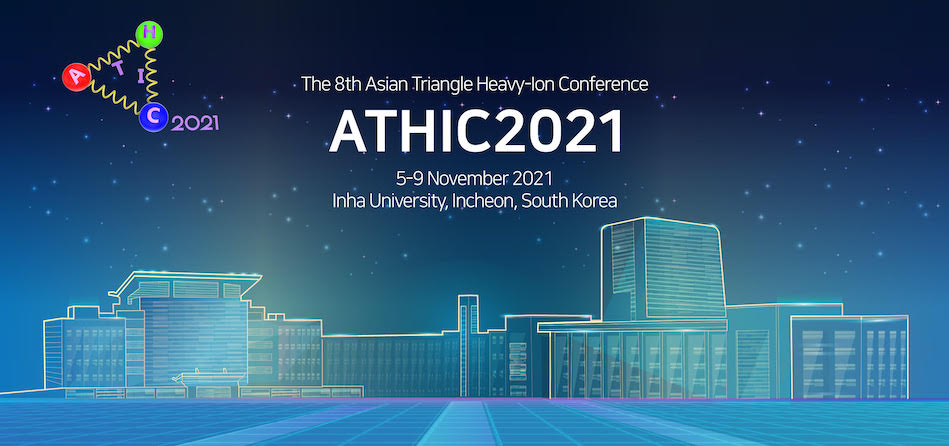Speaker
Description
Different orientations of collisions of $\alpha$-clustered carbon with a heavy ion can produce significantly large initial-state anisotropies due to the intrinsic geometry effects of the carbon. We expect that such large initial-state anisotropies have a profound impact on the photon flow observables. We calculate the transverse momentum spectra and anisotropic flow coefficients of thermal photons from collisions of triangular $\alpha$-clustered carbon and gold at $\sqrt{s_{\rm NN}}=200$ GeV at RHIC using a hydrodynamic model framework and compare the results with those obtained from unclustered carbon and gold collisions [1]. The slope of the thermal photon spectra is found to vary moderately for different orientations of collisions. We find that the elliptic ($v_2$) and triangular flow ($v_3$) coefficients of direct photons for specific configurations are significantly larger and predominantly formed by the QGP radiation. A strong anti-correlation between initial spatial ellipticity and triangularity is observed in an event-by-event framework of $\alpha$-clustered ${\rm C+Au}$ collisions. Based on this behaviour, we find that the thermal photon $v_3$ for the most-central collisions in an event-by-event calculation is significantly larger for the clustered case than the case with the unclustered carbon [2].
References:
1. “Thermal photons as a sensitive probe of α-cluster in C+Au collisions at the BNL Relativistic Heavy Ion Collider”, Pingal Dasgupta, Guo-Liang Ma, Rupa Chatterjee, Li Yan, Song Zhang, and Yu-Gang Ma, Eur. Phys. J. A 57 (4) 134 (2021).
2. In preparation.
